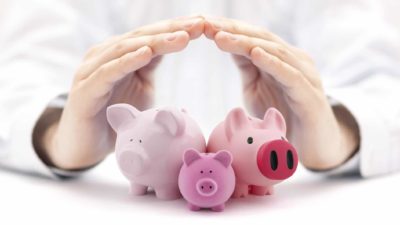If I wanted to generate $4,000 of passive income each year, I would definitely look to the share market to achieve this goal.
That's because if you make periodic investments into ASX shares, you could soon be in a position to generate a growing, sustainable source of passive income.
How to generate $4,000 of annual passive income with ASX shares
Let's get the maths out of the way before we start looking at any ASX shares we could buy to accomplish our goal.
If you want $4,000 of passive income each year, you are going to need a portfolio valued at $100,000 with a 4% dividend yield. That yield is traditionally the average for the Australian share market, so this side of the equation should not be an issue.
However, starting from zero and growing your portfolio is another story. But history shows that through consistent investing, you certainly can get there.
For example, if you are fortunate enough to have $400 leftover each month that you can invest in the share market, you could turn that modest sum into something material in just over a decade.
Over the last three decades, ASX shares have delivered a return of 9.6% per annum. While it is impossible to say that this will be the case over the next 30 years, we're going to assume it will be and base our calculations on this return.
With that in mind, an investment of $400 per month earning an annual return of 9.6%, would turn into $100,000 in approximately 11 and a half years.
At that point, if you are not already doing so, you can adjust your portfolio so that it averages a 4% dividend yield (or better if they want) and sit back and watch the passive income come rolling in.
But which shares should you buy?
If you're looking at investing for a decade, you ideally want to find ASX shares that have strong business models and the potential to grow throughout this period.
Over the last decade, ASX shares such as Goodman Group (ASX: GMG), ResMed Inc (ASX: RMD), and TechnologyOne Ltd (ASX: TNE) have smashed the market with very strong returns.
The good news is that they all look well-positioned to do the same over the next 10 years, which could make them worth investigating further.









